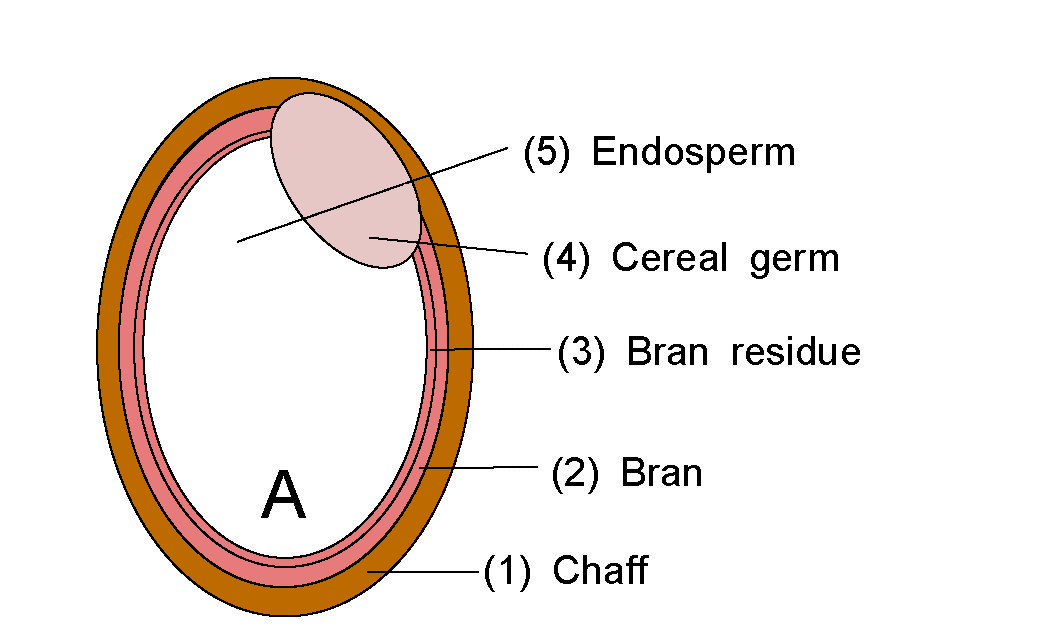
Well, no. It’s not a Risotto Nero (the one made with squid ink). It looks like it though, right? This is Venere rice. A traditional Italian variety with huge amounts of flavonoids, the same substance in blackberries or blueberries, with extraordinary antioxidant properties bringing that very dark purple color, so dark that at first glance it looks black. This purple rice is also whole grain since its precious pigments are found in the bran, the layer of fiber that covers the grain. To enjoy it, you have to cook it correctly. That is what we are going to discuss today, in addition to our fine recipe for Venere Rice with Peppers and Sesame.
When in our workshops someone asks: what do you recommend to follow a healthy diet? The straight answer we give is: buy fresh ingredients and cook them with techniques that respect their qualities.
The case of rice is our favorite example. For cultural reasons (Asian or not) our image of a rice dish is white plain rice or colored by other ingredients (paellas, risottos, etc) but white rice after all. Brown rice is often neglected because of its different taste, because it is served soft or wet or because it takes longer to cook. It’s a pity, as when opting for white rice we miss out on the benefits of the vitamins, minerals, and lots of fiber found in the skin that covers the grain, bran, and germ, both removed by polishing rice grains in the mill. See it for yourself in this graph:

By Namazu-tron – Self drawing, Public Domain, Link
Differences between white rice (E), brown rice (B) and rice seed (A)
No words needed, right? Both bran and germ also have very interesting culinary qualities, flavor, color and texture. Venere rice is, perhaps, the king of whole rices for its load of purple anthocyanins, which, as you have already guessed, are found in the grain’s bran. In order not to lose them, we are going to cook the rice with an enclosed cooking technique since flavonoids are water-soluble and if we use a lot of water, they will end up… in the water.

When cooking brown rice, the right technique gives us a double benefit. Culinary, since the grain will be loose and al dente, and we can use it in many ways, sautéed, in salads, plain with a dressing, etc. And healthy, since we are going to make the most of its vitamins, enzymes, flavonoids, and other water-soluble components that can be lost in a careless cooking. To do this, we are adjusting the proportion of water and run an enclosed cooking, that is, in a pot with a lid so that the steam barely escapes. In the recipe you will see the details of the technique and the possible variations.
In our Venere Rice with Peppers we combine green peppers fried and sautéed with the rice. We do not add anything else (garlic, onion, aromatics, etc) to avoid transforming the delicate aroma of Venere rice. We accompany it with a tahini sauce to add creaminess and… sesame!
The result is a scrumptious dish with loose grains, a creamy palate and fresh flavors. Venere rice has a mild flavor of nuts (hazelnuts, walnuts, almonds) and fruity tones (blueberries, raspberries). The peppers add sweetness and the tahini the toasted touches of sesame and fresh lemon. A cheerful way of eating brown rice that will not leave you indifferent.
- 250 gr Venere Rice
- 500 ml mineral water
- 1 teaspoon of sea salt
- 400 gr Green peppers for frying (small or cut into quarters)
- Extra Virgin Olive Oil
- For the Tahini sauce
- 100 ml of Tahini
- 100 ml of mineral water
- 1 garlic clove, peeled and without the germ
- Juice of half a lemon
- Sea salt
- For plating
- Fresh mint, parsley, or basil leaves
- Sesame seeds
- Place the rice, water and a teaspoon of salt in a pot and bring to a boil. When it starts to boil, cover the pot, lower the heat to a minimum and cook for 30 minutes.
- Without opening the lid, remove the pot from the heat and let it sit for another 30 minutes.
- Uncover and check that there is no water left in the bottom of the pot (see notes)
- In a large bowl, place the rice evenly distributed along the sides of the bowl. Let it air for 5 minutes to expel the remaining steam and heat. Repeat the 'drying' operation until no steam is seen on the rice. Reserve.
- While the rice is cooking, fry the peppers over a very low heat in a pan with two tablespoons of oil. Salt lightly and reserve.
- Tahini sauce
- Place all the ingredients for the sauce in a blender and process until you get a creamy consistency. Taste and rectify salt and lemon. (If it is too thick add a tablespoon of water and blend, if it is too liquid, add a tablespoon of tahini and blend again).
- Plating
- Gently sauté the peppers with the rice. Serve with the Tahini sauce on the side and decorate with fresh mint leaves and sesame seeds (see photo).
It is essential that the lid fits well in order to prevent steam leaving the pot. You can put a weight on top of the lid to get a better seal.
If when you lift the lid and tilt the pot you see that there is a little water left at the bottom, put the pot back on the fire, without the lid, and evaporate the remaining water (about 5 minutes). It is important that the rice is as dry as possible when you place it to aerate in the bowl.
You can make this dish with other vegetables and sauté them with the rice. Broccoli, Fennel, asparagus, green beans, etc. They combine equally well.











Leave a Reply